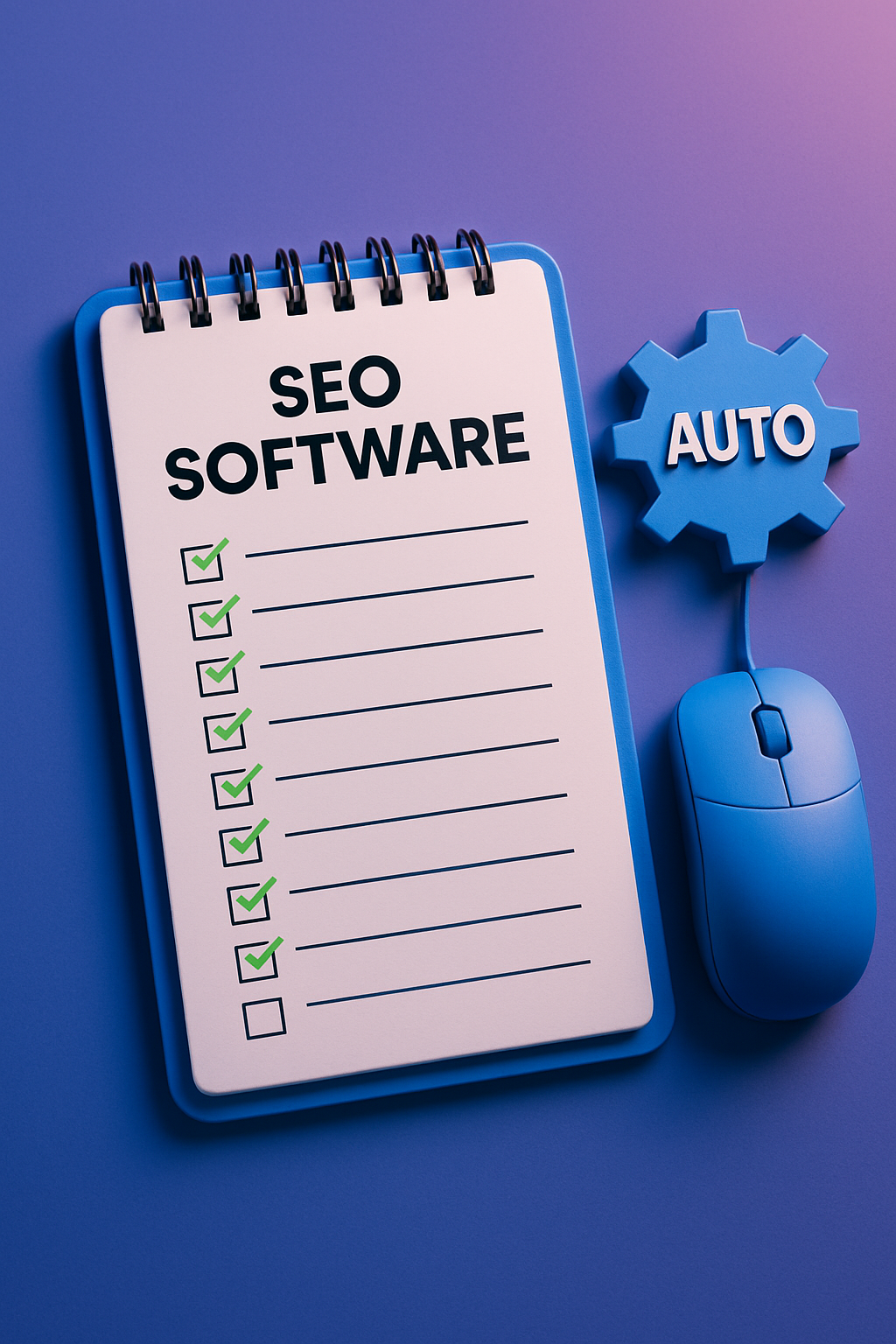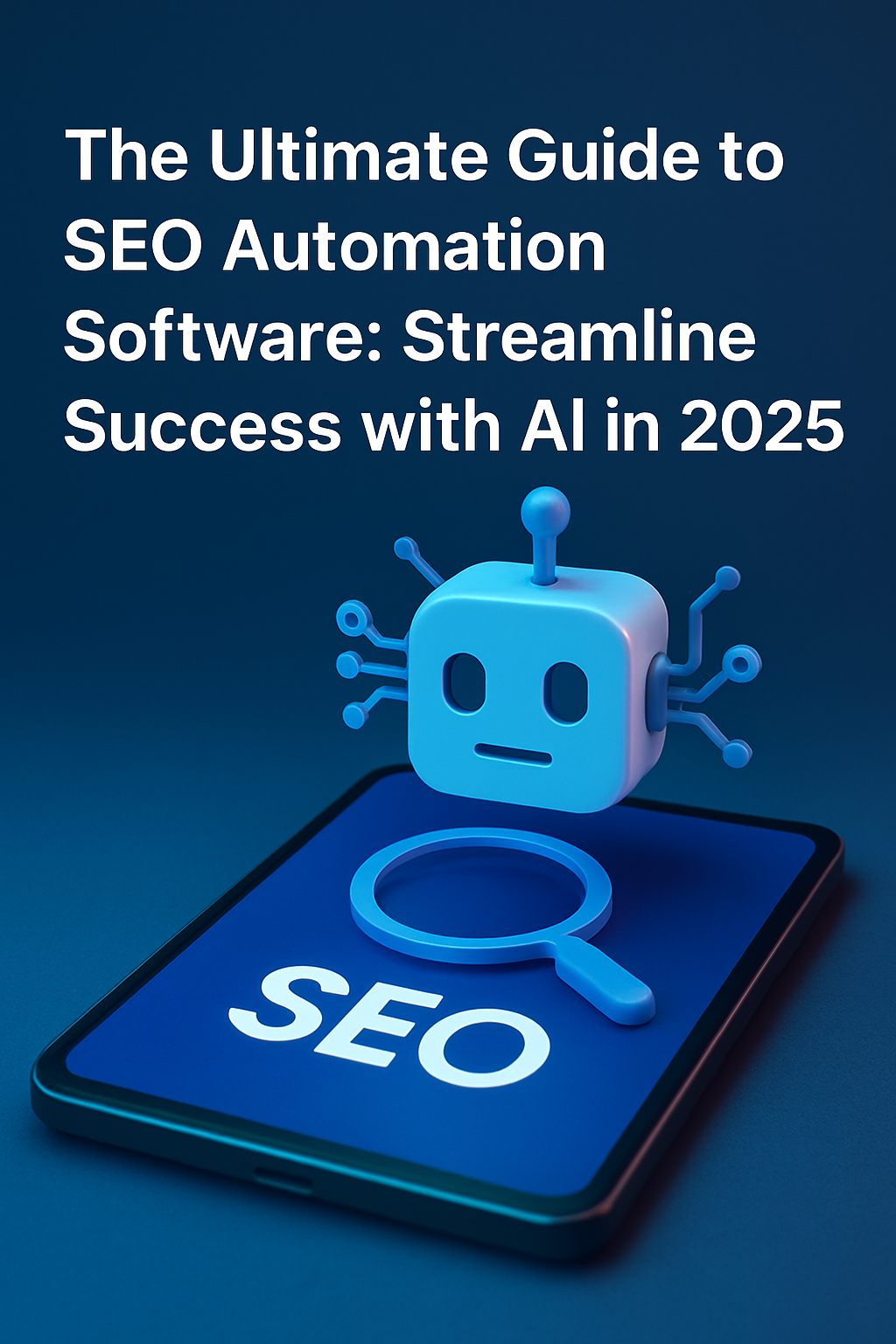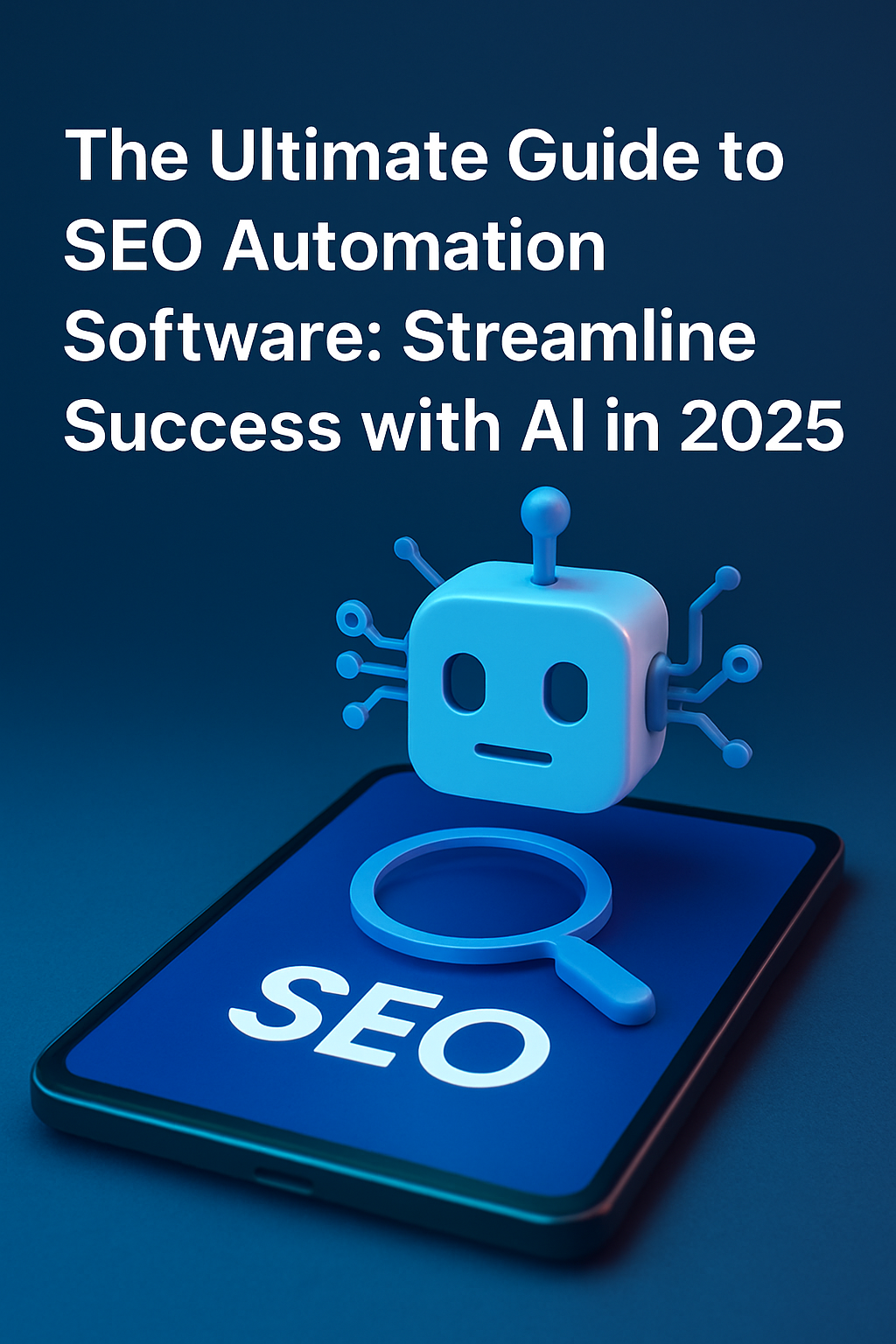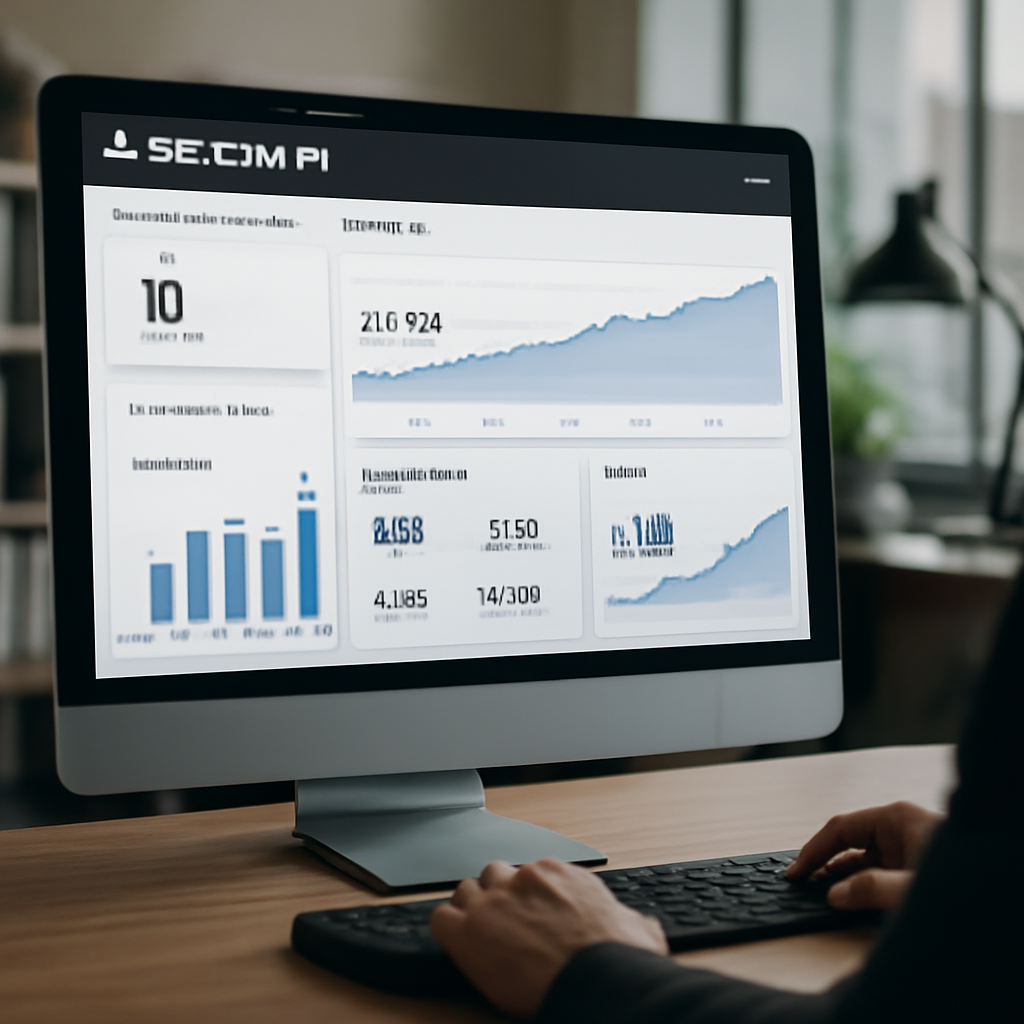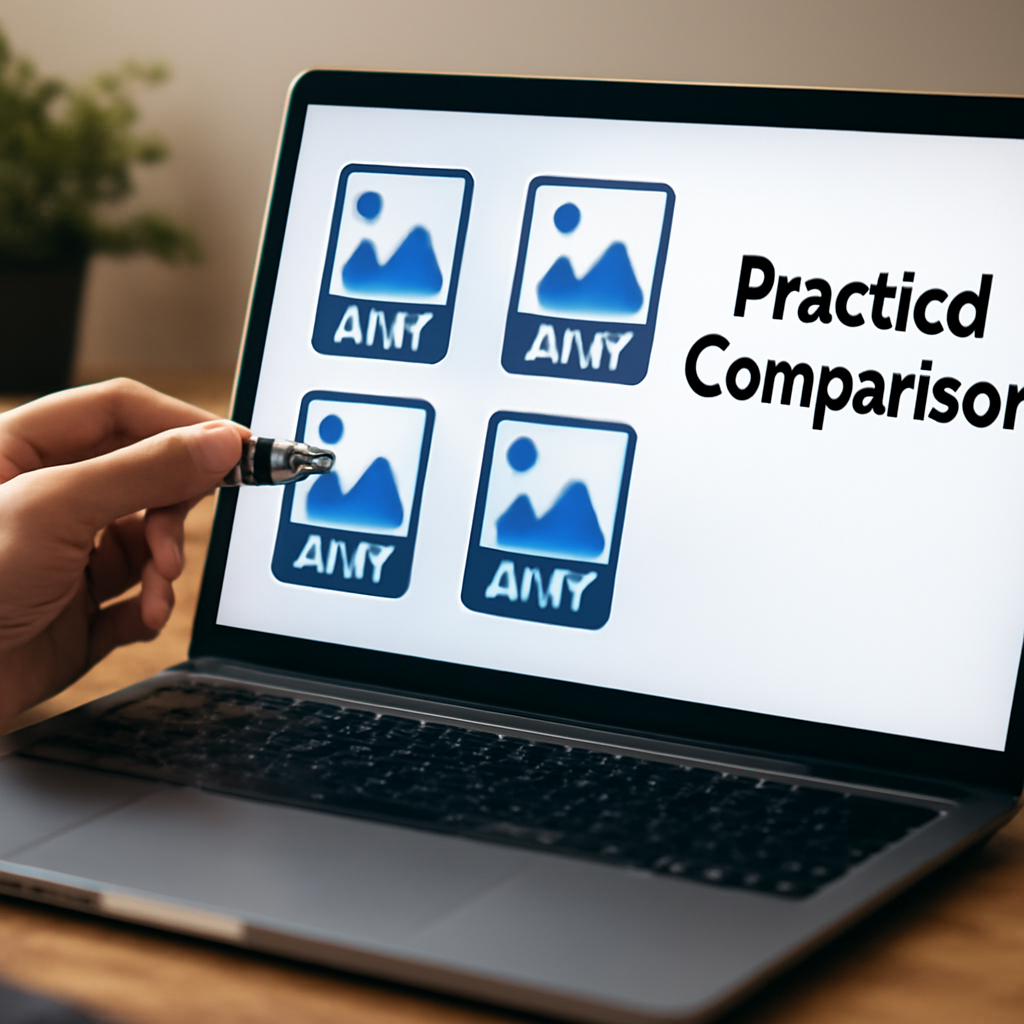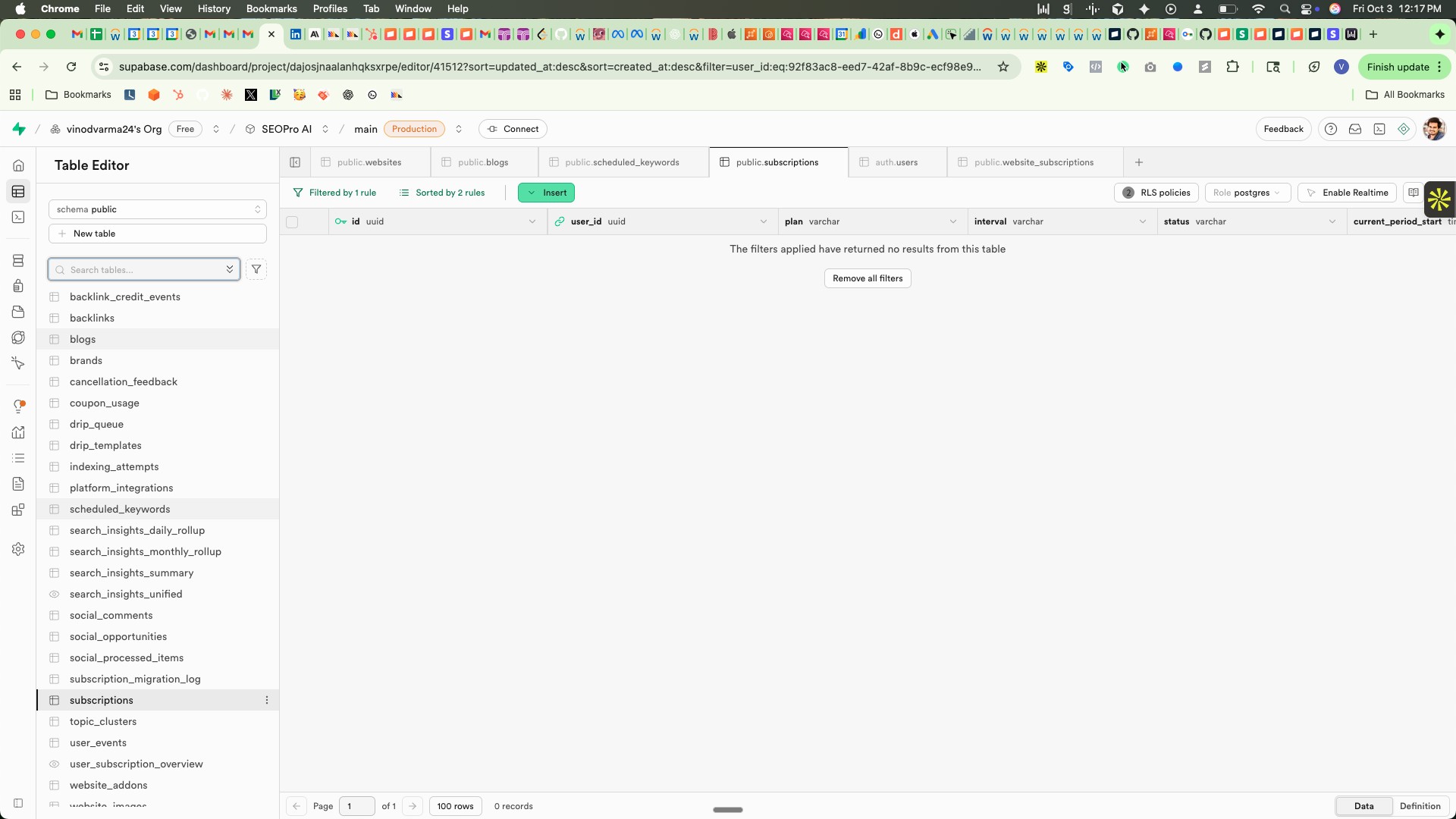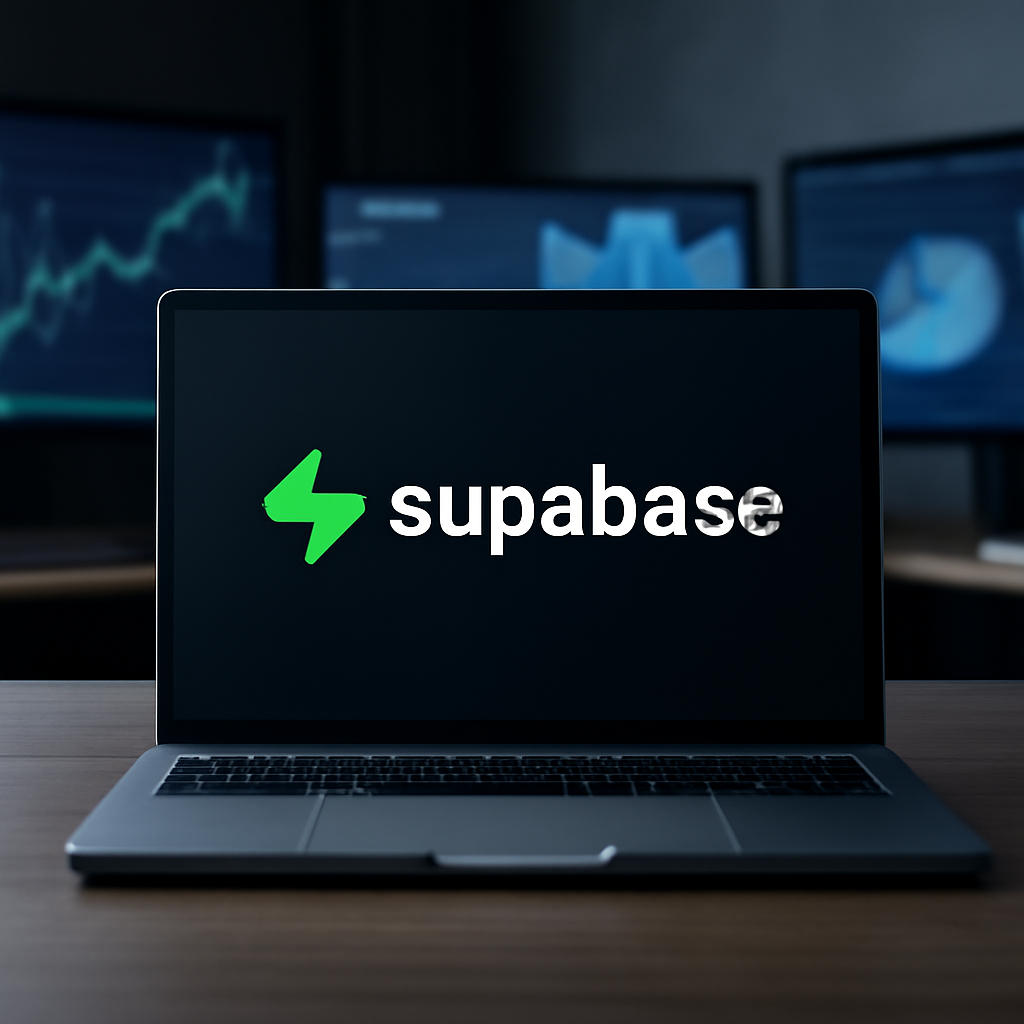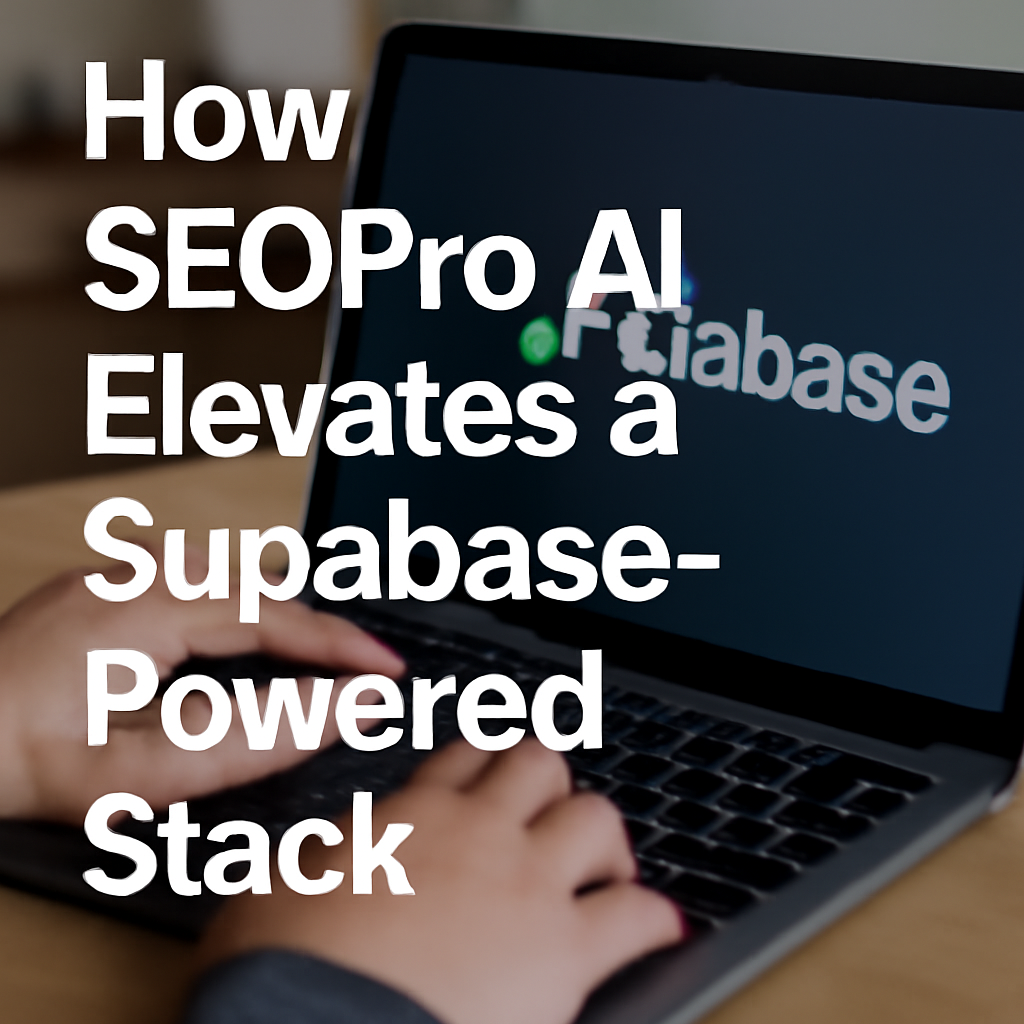Automation is no longer a luxury; it is the backbone of modern Search Engine Optimization. If you are evaluating auto seo software to scale content, technical fixes, and brand visibility across Google, ChatGPT, Gemini, and emerging answer engines, this guide is your blueprint. Traditional processes often stretch teams thin, especially when workflows depend on manual audits, spreadsheets, and handoffs. With SEOPro AI, you can centralize strategy, content creation, and performance monitoring—then use intelligent workflows and integrations to publish to the channels where your audience searches. As you read, you will get a practical checklist you can apply immediately, plus a feature comparison and real-world examples to help you decide when to automate, what to delegate to Artificial Intelligence [AI], and where human judgment remains essential to Search Engine Optimization [SEO].
What Is Auto SEO [Search Engine Optimization] Software in 2025?
Auto SEO [Search Engine Optimization] software in 2025 blends content intelligence, technical diagnostics, link acquisition workflows, and multi-channel optimization for both classic Search Engine Results Page [SERP] rankings and generative answers from Large Language Model [LLM] search surfaces like ChatGPT and Gemini. Instead of a single-purpose tool, modern solutions combine Natural Language Processing [NLP] with crawl data, schema, and engagement signals to recommend the next best actions and assist teams in executing them. Why does that matter now? Because search journeys span Google, answer boxes, and chat-style summaries, and your brand must be consistently cited and contextually relevant wherever queries originate. Platforms like SEOPro AI apply answer optimization techniques and structured data to improve brand visibility in synthesized answers, while still reinforcing classic ranking factors such as internal linking and structured data.
Consider how much time your team spends moving from keyword research to briefs, then to drafts, uploads, and optimization across multiple channels. Auto SEO [Search Engine Optimization] software compresses these steps with templates and models tuned to your product, tone, and topical map. Industry surveys widely report that organic search remains a top driver of trackable website sessions and revenue, yet execution bottlenecks persist at every stage. Automation fixes the handoff problem and shrinks feedback loops, allowing you to run more experiments in less time. The result is not “set and forget” content production, but a human-in-the-loop system that enforces best practices, flags anomalies, and keeps your brand present in both ranked lists and AI [Artificial Intelligence] answers that users increasingly trust for quick decisions.
Auto SEO [Search Engine Optimization] Software Checklist: The 10 Essential Steps
Automation works best when it mirrors the way high-performing teams operate, so the following checklist is ordered from strategy to measurement. Before you start, define your core outcomes: conversions, sales-qualified leads, or assisted revenue. Then configure SEOPro AI to reflect your vertical, personas, and brand rules. You will also want to establish a simple taxonomy for pages and campaigns so the platform can self-organize tasks. As you progress through this checklist, look for repetitive steps you can templatize, rules you can codify, and decision points where a model can propose options rather than make irreversible changes. This ensures your human editors stay focused on voice, value, and accuracy while automation handles speed and scale.
Watch This Helpful Video
To help you better understand auto seo software, we’ve included this informative video from Neil Patel. It provides valuable insights and visual demonstrations that complement the written content.
- Map Demand With Programmatic Keyword Discovery. Use clustered research to group queries by intent, difficulty, and business value. Let the platform auto-refresh clusters weekly so new opportunities surface without manual exports.
- Build Topic Authority With Topical Maps. Generate a hub-and-spoke structure covering core themes, related entities, and questions. Auto-linking ensures each new article supports its parent hub to strengthen relevance.
- Draft at Scale With Human-in-the-Loop Content. Use AI [Artificial Intelligence]-powered briefs and outlines, then let writers refine tone and expertise. Configure review gates so only approved content ships.
- Optimize for Google and AI [Artificial Intelligence] Answers. Apply on-page recommendations, structured data, and answer-friendly formatting. SEOPro AI uses answer optimization techniques and configuration options to increase the likelihood of accurate brand mentions in AI-generated summaries.
- Automate Technical Audits and Fixes. Schedule crawls to detect issues like broken links, Core Web Vitals regressions, and orphan pages. Auto-create tickets for critical errors with step-by-step fixes.
- Accelerate Indexing and Coverage. Automate sitemaps, internal link injections, and re-crawl requests. Use priority pinging and feed updates for fresh content and product pages.
- Systematize Digital PR and Backlinks. Identify outreach targets, generate pitches, and track placements. Automate follow-ups and monitor link quality to avoid toxic profiles.
- Distribute with Publishing Workflows and Integrations. Use publishing workflows and integrations to syndicate content to your blog, partner portals, and knowledge bases while managing duplication risk and channel-specific formatting.
- Monitor Rankings, Mentions, and Share of Voice. Track keyword visibility by segment, plus brand mentions across SERPs and AI [Artificial Intelligence] answers. Get alerts when you enter or exit key answer sets.
- Review, Learn, Iterate. Set monthly retrospectives to promote winning patterns into templates and demote tactics that stall. Lock in learnings as reusable playbooks.
The power of this checklist compounds when the platform helps coordinate tasks and workflows. For instance, a new keyword cluster can trigger recommended outlines, draft suggestions, internal link proposals, schema suggestions, and a distribution queue, all before a human editor finalizes voice and examples. SEOPro AI streamlines this with AI [Artificial Intelligence]-powered blog writing, automated interlinking suggestions, indexing and publishing tools, and answer optimization tailored for Google and AI-driven answer surfaces. Crucially, it aligns each step with measurable goals such as engagement, conversions, and assisted revenue so you can prioritize the work that moves the business. When the system learns which patterns outperform, it proposes them first, turning operational wisdom into a flywheel you can rely on month after month.
Choosing the Right Platform: Feature Comparison
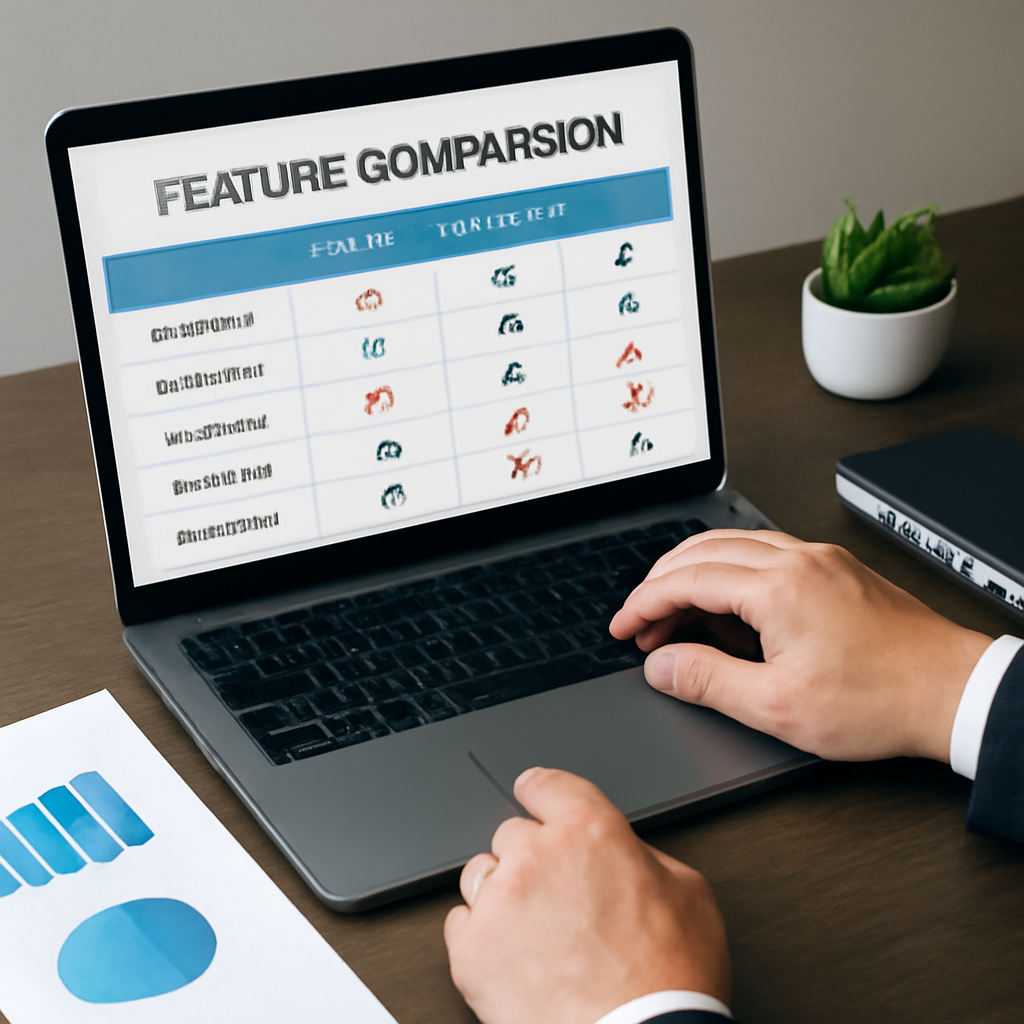
Selecting the right system is not only about tool count; it is about orchestration quality and how well the platform fits your stack. Many teams piece together a half-dozen point solutions, only to spend more time integrating than improving performance. Others buy a suite that is broad but shallow, leaving gaps in link acquisition or AI [Artificial Intelligence] answer visibility. Look for evidence that the vendor understands both classic SEO [Search Engine Optimization] and AI-driven search, including answer optimization features and robust monitoring of generative answer sets. Also evaluate governance features such as roles, approvals, and audit logs so your compliance and editorial standards are preserved even as automation accelerates output.
| Capability | SEOPro AI | Generic Suite | Manual Point-Tool Stack |
|---|---|---|---|
| AI [Artificial Intelligence]-Powered Blog Writing and Briefs | Advanced, brand-tuned with approval gates | Basic templates | Not unified; time-consuming |
| Optimization for Google, ChatGPT, Gemini | Built-in with answer formatting | Partial support | Manual per channel |
| Answer Optimization Techniques for Brand Framing | Available and configurable | No | No |
| Publishing Integrations and Indexing | Publishing system and integrations | Limited syndication | Manual copy and paste |
| Backlink Building, Indexing, and Answer Optimization | Supported workflows and tools | Partial, manual outreach | Separate tools |
| Automated Keyword Visibility and Ranking Monitoring | Granular by segment and intent | Basic rank tracking | Spreadsheet aggregation |
| Governance (Roles, Approvals, Audit Logs) | Enterprise-ready | Limited | Varies by tool |
| Time to First Value | Days | Weeks | Months |
Notice how the differentiators are not isolated features; they are connective tissue. The ability to publish from an organized hub, to track answer presence, and to apply answer optimization techniques and structured data means your content is recognized consistently by both algorithms and readers. If you are evaluating vendors, run a two-week pilot that covers one topic cluster, one hub page, three supporting articles, and at least five internal links per page. Measure ranking lift, answer presence rate, and time-to-publish. Teams often report two to three times faster cycle times with a unified system like SEOPro AI compared with stitched stacks, in part because approvals, briefs, and distribution are integrated rather than reinvented for every campaign.
Workflow Playbooks and Real-World Examples
Let us translate the checklist into a real sprint. Imagine a mid-market software brand launching a payments feature. Day one, SEOPro AI analyzes existing pages and proposes a topical map: pricing, security, integrations, and developer FAQs. The platform drafts briefs for a hub page plus six spokes, embeds structured data, and suggests internal links from legacy articles. Human editors refine messaging, add product screenshots, and inject customer quotes. In parallel, the platform prepares a distribution plan for the blog, help center, and partner microsite through publishing workflows and integrations. As soon as the first pages go live, automated pings and internal links accelerate discovery, while answer-optimization configurations encourage accurate brand references in AI-generated summaries for “how to accept online payments” and related queries.
Results compound as feedback flows in. In one anonymized case, a direct-to-consumer brand saw a 28 percent increase in non-branded organic sessions within six weeks after rolling out a similar playbook, with average time-to-publish dropping from five days to under two. Link velocity improved through targeted digital PR templates, and answer-set presence for high-intent questions rose from zero to eight distinct mentions across ChatGPT and Gemini snapshots observed during the test period. While numbers vary by vertical and competition, the pattern holds: with automation handling predictable tasks, your writers, product marketers, and analysts can focus on insights, examples, and data that differentiate your content in both traditional Search Engine Results Page [SERP] rankings and conversational responses.
| Day | Automated Actions | Human Actions | Outputs |
|---|---|---|---|
| 1-2 | Keyword clustering, topical map, internal link suggestions | Review map, confirm priorities | Approved cluster plan |
| 3-4 | Brief generation, schema templates, outline drafts | Edit outlines, align tone | Finalized briefs |
| 5-7 | Drafting support, on-page recs, image alt suggestions | Write content, add product details | Hub plus spokes in review |
| 8-9 | Quality checks, link injections, sitemap updates | Final proof, legal review | Approved content set |
| 10-12 | Publishing integrations, indexing boosters | Stakeholder announcement | Pages live across channels |
| 13-14 | Rank and mention tracking, alert setup | Retro meeting | Iteration plan |
Metrics, Monitoring, and Continuous Improvement

Automation without measurement is just movement. Define a small set of Key Performance Indicators [KPI] that connect to business value and can be captured automatically. For visibility, track share of voice across priority clusters and answer presence in AI [Artificial Intelligence] snapshots. For efficiency, track time-to-first-draft, time-to-publish, and percent of tasks completed without human edits. For quality, review engagement depth, assisted conversions, and the ratio of new-to-returning visitors by content type. The goal is not to monitor everything, but to systematize checks that catch regressions quickly and to promote winning patterns to templates so your next sprint is smarter by default.
SEOPro AI includes automated keyword visibility and ranking monitoring at the segment level, so you can separate branded from non-branded performance, product from educational content, and hubs from spokes. It also watches for brand mentions inside generative answers, sending alerts when visibility drops or competitors overtake you for crucial questions. Pair these signals with retrospectives: Which templates drive conversion? Which internal link placements correlate with faster indexing? Which answer optimization techniques yield the most accurate brand framing? Over time, this turns your auto SEO [Search Engine Optimization] tools into a compounding asset, with each cycle feeding the next.
| Metric | Definition | Cadence | Automated via |
|---|---|---|---|
| Share of Voice | Percent of impressions across target clusters | Weekly | SEOPro AI rank monitoring |
| Answer Presence Rate | Percent of priority questions with brand mention in AI [Artificial Intelligence] snapshots | Weekly | SEOPro AI answer tracking |
| Time-to-Publish | Days from brief approval to live page | Per sprint | Workflow logs |
| Organic Conversions | Goal completions attributed to organic sessions | Monthly | Analytics integration |
| Indexation Coverage | Percent of new pages indexed within 7 days | Weekly | Search console data |
Common Pitfalls and Best Practices
Automation can amplify both good and bad processes. A common pitfall is scaling thin content because a template ignores user intent and depth. Another is writing for models rather than humans, which leads to higher bounce rates and fewer conversions. Avoid these by keeping humans in the loop for strategy, storytelling, and accuracy checks, while letting the system handle repetitive tasks like internal linking, schema, and distribution. Also watch for over-automation of outreach; quality backlinks come from strong narratives and relationships, so use templates to accelerate pitches but personalize the message and align with each publication’s audience.
Adopt a few best practices from teams that excel with auto SEO [Search Engine Optimization] software. First, codify your editorial values into reusable briefs with examples of on-brand and off-brand language. Second, make your internal linking strategy deterministic by encoding rules into the platform, such as “every new spoke links to its hub and two sibling spokes.” Third, treat AI [Artificial Intelligence] answer visibility as a first-class surface by formatting sections as concise, citation-ready answers and by configuring answer-optimization settings to reinforce accurate brand framing. Finally, run monthly audits of your automations themselves, pruning steps that add friction and promoting those that reliably reduce time-to-value. This way, your system gets faster and smarter as your library grows.
Pro tips you can use today:
- Create a “launch checklist” template that automatically assigns tasks for schema, internal links, and quality checks when a draft enters the approval stage.
- Maintain a living “evidence bank” of stats, quotes, and case notes that your writers can pull into drafts to strengthen originality and expertise.
- Use answer-friendly sections like “Quick Take” or “The Short Answer” to increase your odds of being summarized accurately by LLMs [Large Language Models].
How SEOPro AI maps to this approach: It offers AI [Artificial Intelligence]-powered blog writing and content creation, SEO [Search Engine Optimization] optimization for Google, ChatGPT, Gemini, and other search platforms, answer-optimization features to improve brand framing, publishing integrations and indexing tools, backlink building support, and automated keyword visibility and ranking monitoring. Together, these features convert Traditional SEO and content marketing can be time-consuming and challenging, especially when trying to gain visibility on emerging AI-driven search platforms into a streamlined, measurable system that compounds results over time.
Closing thoughts: You have seen how a structured checklist, backed by coordinated tools and guardrails, turns complex Search Engine Optimization [SEO] into a repeatable growth engine. The final step is choosing a platform that operationalizes your strategy and learns from your outcomes, so every sprint is faster and smarter than the last.
Automation is the bridge between your ambitions and your capacity. In the next 12 months, teams that standardize these workflows will ship more, learn faster, and appear more often in both ranked lists and conversational answers. What would your growth curve look like if every brief, draft, link, and mention flowed through one dependable system of auto seo software?
Additional Resources
Explore these authoritative resources to dive deeper into auto seo software.
Amplify Auto SEO Results with SEOPro AI
Power your auto seo software workflow with SEO optimization for Google and AI-driven answer surfaces to grow rankings, traffic, and AI-driven brand visibility.
